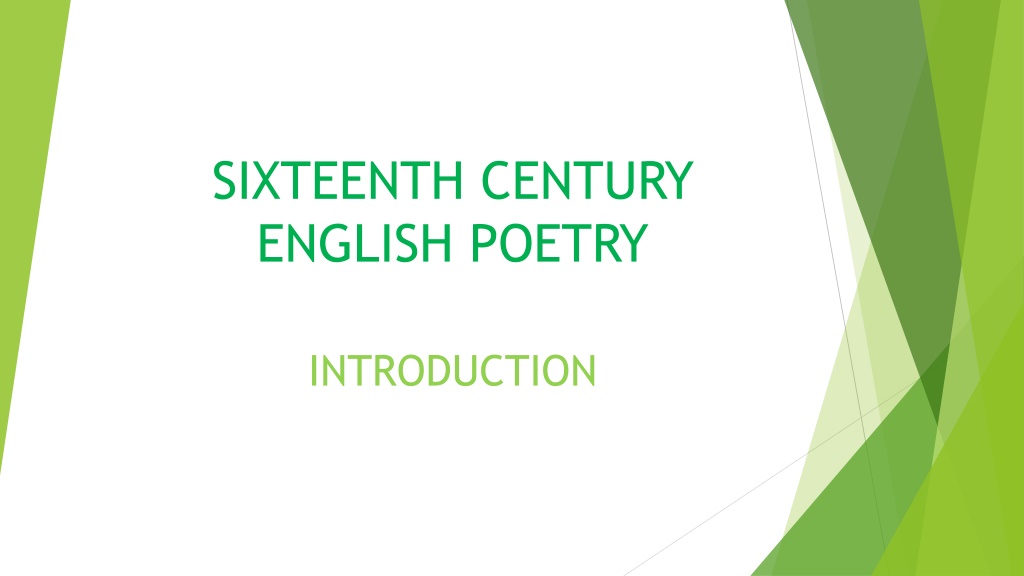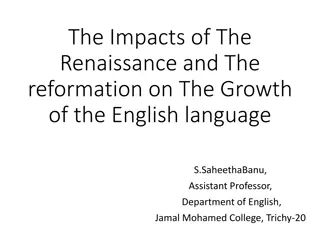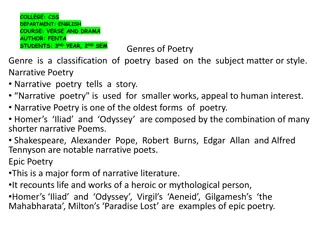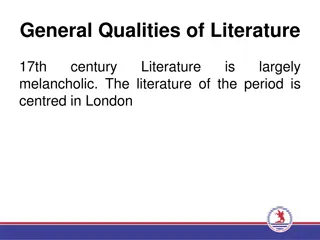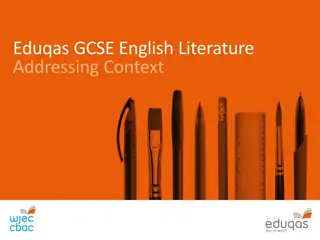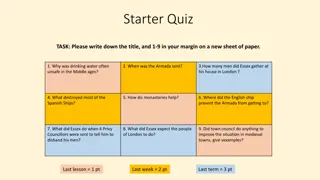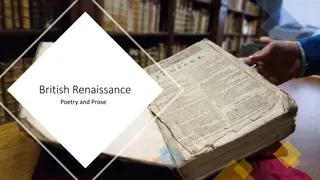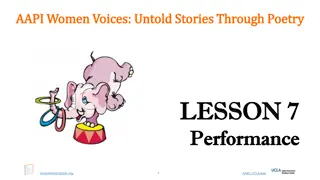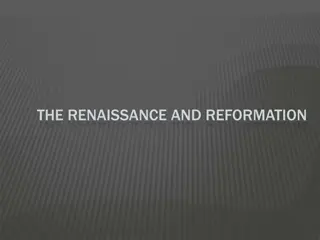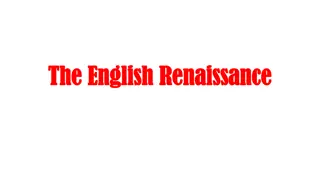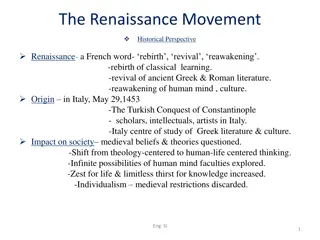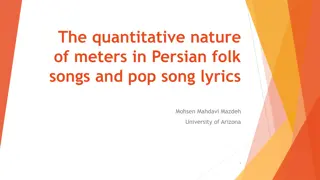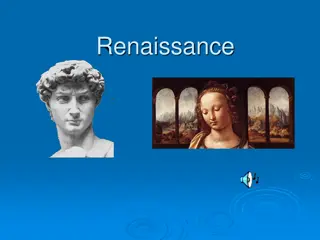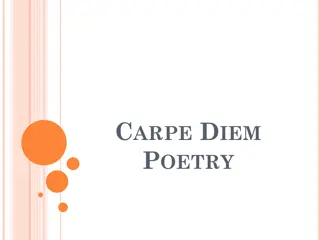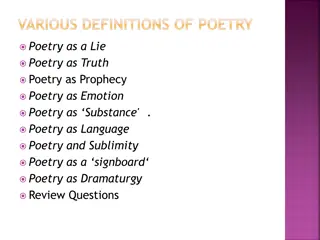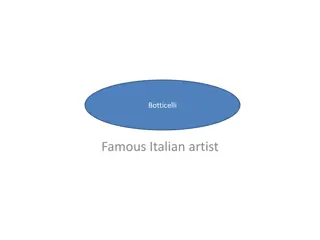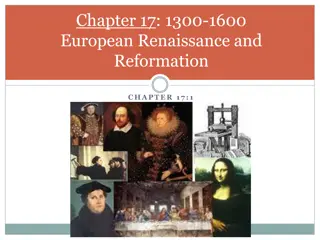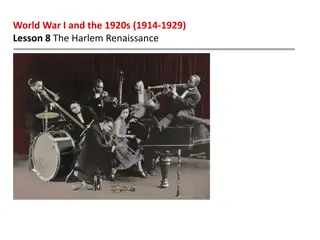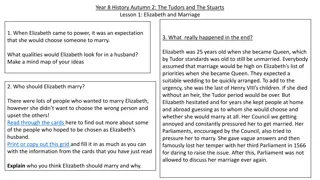Overview of Sixteenth Century English Poetry and the Renaissance
The introduction provides insights into sixteenth-century English poetry, the Renaissance era, and the defining characteristics of the period. It delves into the intellectual, religious, political, and social contexts of the time, highlighting key figures and movements like the Reformation, the Great Chain of Being, and the spirit of Humanism. The period is explored through names like Elizabethan, Tudor, and Jacobean, with a focus on intellectual revolutions, religious reforms, and societal norms shaping literature and culture.
Download Presentation

Please find below an Image/Link to download the presentation.
The content on the website is provided AS IS for your information and personal use only. It may not be sold, licensed, or shared on other websites without obtaining consent from the author. Download presentation by click this link. If you encounter any issues during the download, it is possible that the publisher has removed the file from their server.
E N D
Presentation Transcript
SIXTEENTH CENTURY ENGLISH POETRY INTRODUCTION
DEFINING THE TERM RENAISSANCE RENASSANCE is the most important intellectual revolution in the history of Europe. The word is derived from Latin to mean revival or rebirth of the classical antiquity literature (Greek & Roman). It is dated back to the fall of Constantinople in (1453) when the scholars fled with the manuscripts of the classics. The movement began in Italy, extended to all Europe and lasted for nearly three centuries.
Naming the Period Which is more accurate? Why? 1. Elizabethan (1558-1603). 2. Tudor (1536 1553). 3. Jacobean (1567 1625). 4. Renaissance. 5. Early Modern.
Sixteenth Century Contexts 1. Intellectual: A/ Astronomy of Ptolemy. B/ Copernicus-1543. C/ Galileo-1610.
E/ Elements & Humors. Elements: Earth, Air, Water, Fire. Qualities of Being: Hot, Cold, Moist, Dry. Each element is to carry TWO qualities. Humors: Blood, Phlegm, Yellow bile, Black bile. Each humor is similar to an element, thus bearing Two qualities. Ben Jonson s Comedy of Humors.
2. Religious: A/ The Reformation (Catholic Protestant). Martin Luther & John Calvin (salvation by faith rather than works). King Henry VIII. B/ The Act of Supremacy. Edward VI. Bloody Mary. Elizabeth I. C/ Puritans (removing episcopacy).
3. Political: A/ Elizabeth I. Divine Right & Passive Obedience. Body politic Vs. body natural. B/ James I. Unity? Problems with puritans rift civil war in Charles I s reign.
4. Social: A/ Aristocrats Vs. all (ancestry, wealth, power). Social mobility. Restrictions? B/ Women: Masculine society. Primogeniture.
Spirit of the Age Humanism: is the spirit of learning that developed at the end of the middle ages with the revival of classical letters and a renewed confidence in the ability of human beings to determine for themselves truth and falsehood. It is a secular movement that is focusing on Man and his relation to every day life.
Themes of Renaissance Literature 1. The Carpe Diem theme. 2. The admiration of beauty. 3. The call for dreams and sleep to escape reality. 4. A call for love (physical). 5. The shortness of life.
Forms of Renaissance Literature NOTE: Ren. Poetry is majorly written in musical forms relying heavily on Rhyme and Meter. 1. The Sonnet. (Petrarchan, Shakespearean, Miltonic). 2. The Lyric. 3. The Allegory. 4. The Madrigals. 5. The Pastoral.
